

The Biden administration plans to spend up to $6 billion on new technologies to cut carbon dioxide emissions from heavy industries like steel, cement, chemicals and aluminum, which are all enormous contributors to global warming but which have so far been incredibly difficult to clean up.
Energy Secretary Jennifer Granholm said Monday that her agency would partially fund 33 different projects in 20 states to test methods for curbing emissions from a wide variety of factories and industrial plants, calling it “the single largest industrial decarbonization investment in American history.”
Constellium, an aluminum producer, would receive up to $75 million to build a first-of-a-kind aluminum casting plant in Ravenswood, W.Va., that can run on cleaner burning hydrogen fuels rather than natural gas.
Kraft Heinz, a food manufacturer, would get up to $170.9 million to install electric boilers and heat pumps at 10 facilities across the country, where they would be used to generate the large amounts of heat needed for things like drying macaroni without directly burning fossil fuels.
Cleveland-Cliffs, a steel manufacturer, would get up to $500 million to help retire a large coal-consuming blast furnace in Middletown, Ohio, and replace it with two furnaces that use electricity to turn scrap into steel. The company would also test ways to produce steel using hydrogen.
While the projects themselves would put a relatively small dent in U.S. emissions, Ms. Granholm said the goal was to demonstrate novel technologies that can scale up rapidly and “set a new gold standard for clean manufacturing in the United States and around the world.”
Heavy industry is one of the nation’s largest sources of planet-warming pollution, accounting for roughly one-quarter of all emissions. Many factories burn coal or natural gas to produce the heat needed to create steam, temper glass or turn iron into steel. Cement makers emit carbon dioxide as part of the process of transforming limestone into cement. Chemical producers use oil and gas as raw materials for their products.
In theory, there are technologies that can cut emissions. Industrial heat pumps or thermal batteries could help factories generate heat from renewable electricity. Cement makers could capture and bury their carbon dioxide. Steel makers could use clean hydrogen instead of coal. But many of those solutions are expensive and in their infancy.
“It’s different from the electricity sector, where widely available alternatives to fossil fuels like wind, solar and batteries have come down dramatically in cost,” Morgan Bazilian, a professor of public policy at the Colorado School of Mines, said in a recent interview. “With industry, we haven’t yet seen clear winners emerge at the price needed.”
Policymakers have also been hesitant to crack down on industrial emissions for fear that factories and jobs could move abroad to places with looser environmental rules.
While the Biden administration has announced stringent limits for carbon dioxide emissions from vehicles and power plants, it has so far avoided similar regulations for industrial sectors like steel or cement. Instead, the administration has focused on funding new technologies in the hopes that they will get cheaper and become widely adopted.
Separately, various federal agencies have announced plans to buy steel, cement, asphalt and glass made with cleaner processes, in an effort to create a market for low-carbon industrial materials.
The money for the projects in Monday’s announcement comes from the Energy Department’s Industrial Demonstrations Program, which was funded by the 2021 bipartisan infrastructure law and the 2022 Inflation Reduction Act.
The 33 projects selected will need to undergo further negotiations with the agency before receiving final funding.
One is Sublime Systems, a startup exploring cleaner ways to make cement. Traditionally, cement manufacturers burn large quantities of coal or gas to generate temperatures in excess of 2,500 degrees Fahrenheit, which transforms limestone into lime and releases carbon dioxide as part of the chemical conversion.
In contrast, Sublime uses a process powered purely by electricity that doesn’t require high heat or release carbon dioxide. The company has tested its technology at a small pilot facility, and an award from the Energy Department, worth up to $87 million, would help the company build its first commercial plant in Holyoke, Mass.
That funding is valuable, said Leah Ellis, chief executive of Sublime. Many novel technologies to cut industrial emissions “are too expensive for traditional venture capitalists and too risky for conventional project financiers,” she said. Having the Energy Department share the costs of early projects “accelerates the scale-up of these technologies which must be developed and deployed globally as quickly as possible” to fight climate change.
The Energy Department could also fund several projects that use an emerging technology called thermal energy storage, which can take intermittent electricity from wind or solar farms to gradually heat up bricks or other materials, which can then be used to produce steady heat for industrial processes.
“The area that’s often written off as the hardest to decarbonize is the industrial sector,” said Ali Zaidi, President Biden’s national climate adviser. But, he added, “these projects are such a great example of the breadth and diversity of technologies that we can deploy to do this decarbonization work.”
24World Media does not take any responsibility of the information you see on this page. The content this page contains is from independent third-party content provider. If you have any concerns regarding the content, please free to write us here: contact@24worldmedia.com

Common Mistakes When Using Athletic Field Tarps

High-Performance Diesel Truck Upgrades You Should Consider

Warehouse Optimization Tips To Improve Performance

Fire Hazards in Daily Life: The Most Common Ignition Sources

Yellowstone’s Wolves: A Debate Over Their Role in the Park’s Ecosystem
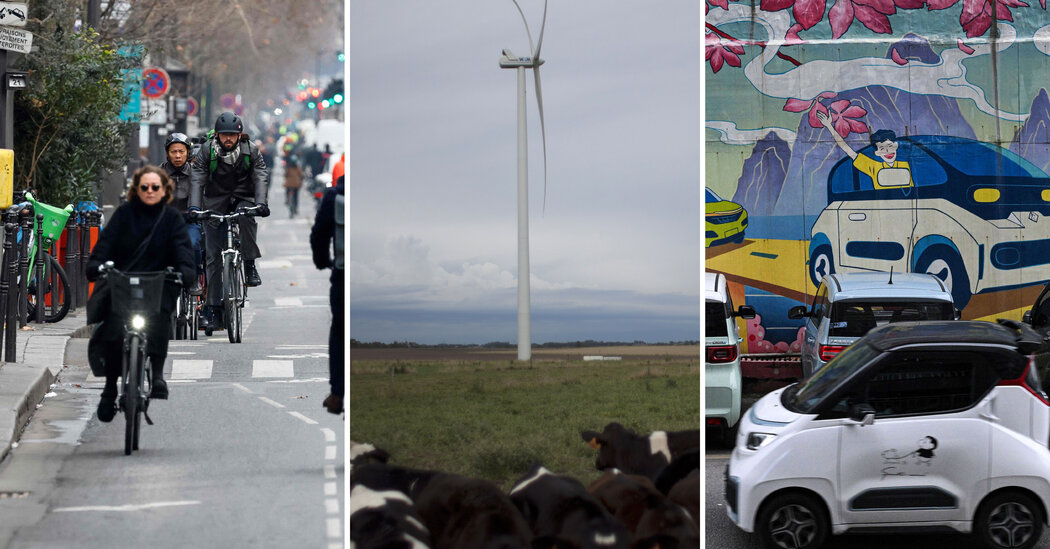
Earth Day 2024: A Look at 3 Places Adapting Quickly to Fight Climate Change

Millions of Girls in Africa Will Miss HPV Shots After Merck Production Problem
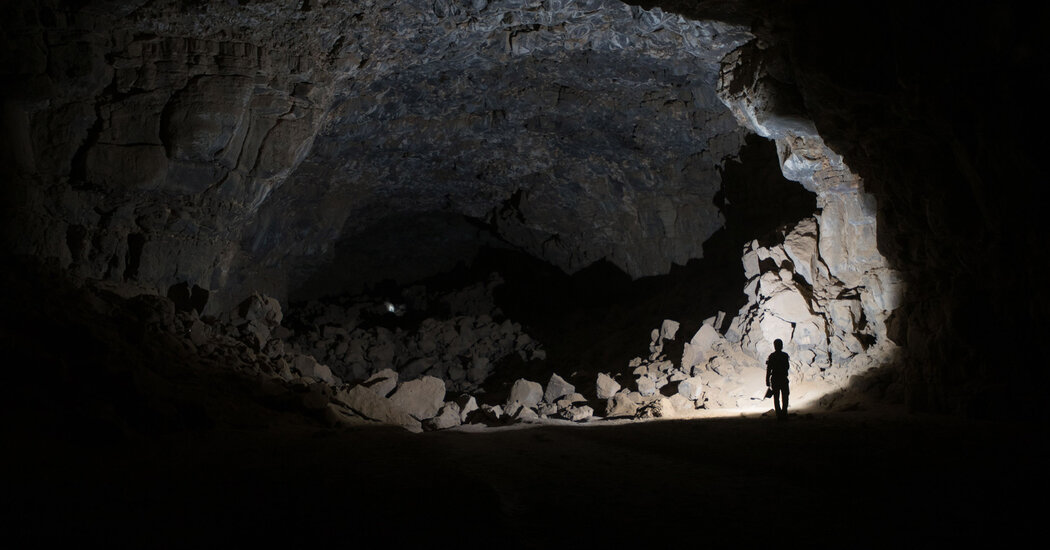
This Lava Tube in Saudi Arabia Has Been a Human Refuge for 7,000 Years

Four Wild Ways to Save the Koala (That Just Might Work)
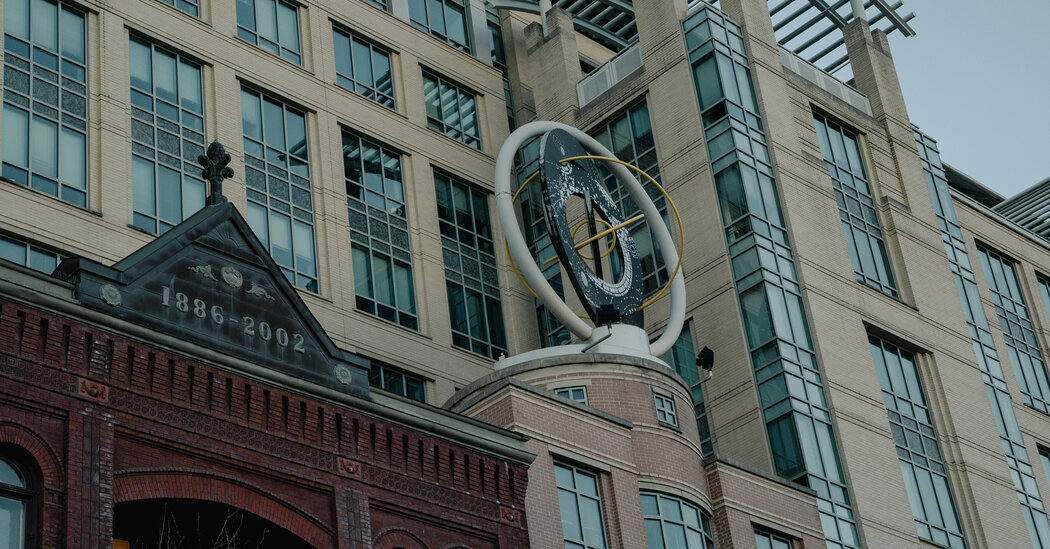
National Academy Asks Court to Strip Sackler Name From Endowment
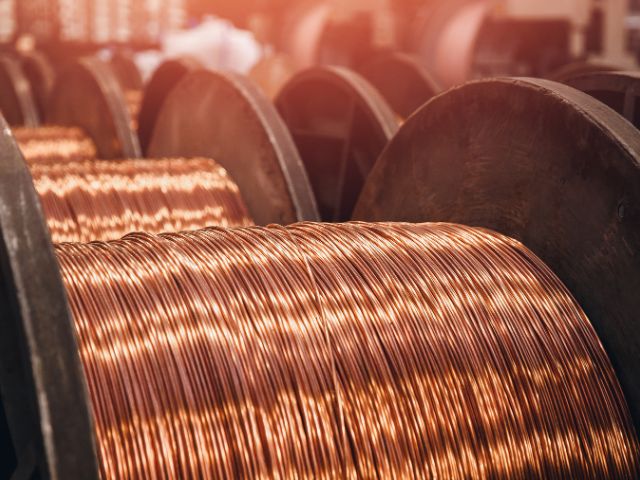
Ways Industrial Copper Helps Energy Production
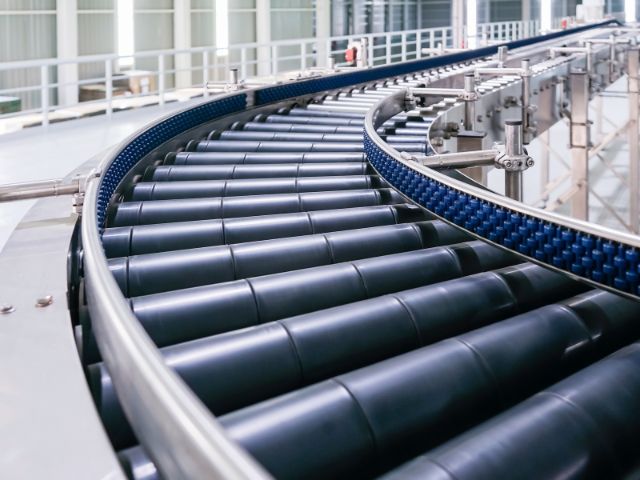
The Ins and Out of Industrial Conveyor Belts